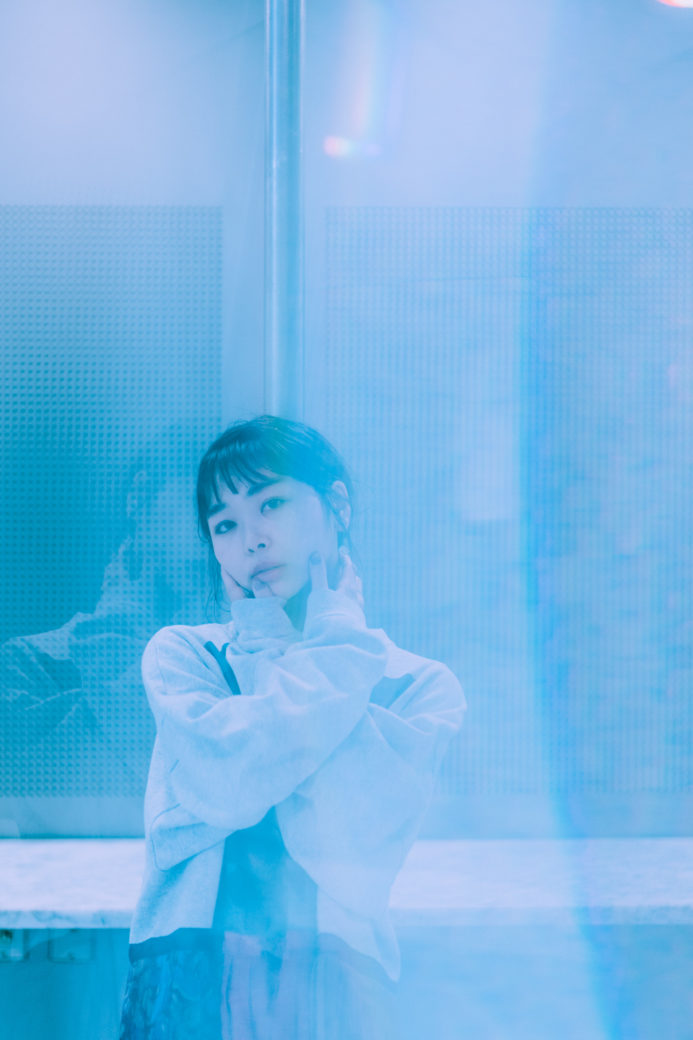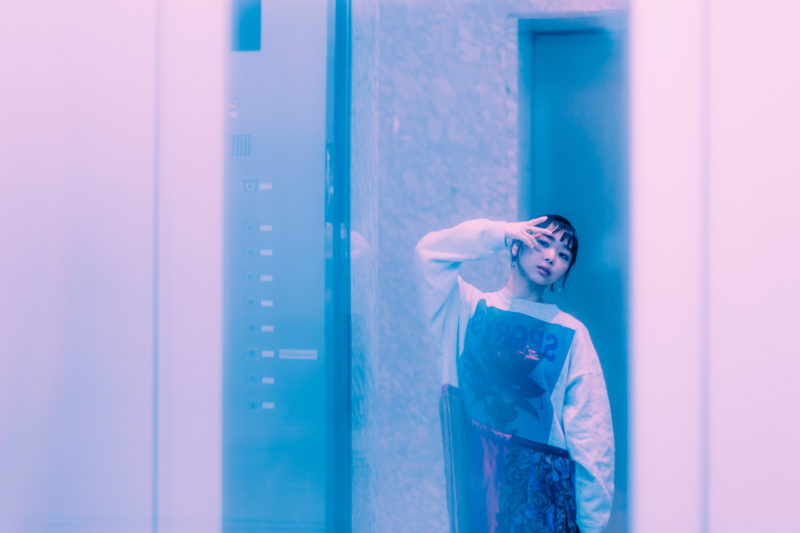When we met Japanese artist Noah for the first time last year, she was taking inspiration from the world of mythology for Miminashi (耳なし), a collaboration between her and producers Repeat Pattern and Teams. A year and a bit later, we meet her in a different place. She’s on the brink of releasing her new album Thirty, which takes its inspiration from the modern and urban, specifically Tokyo, her home for three years, visions of the city both real, fictionalised and dreamed about. It’s hard to describe the record in words, except as a forest of different inspirations and ideas, switching effortlessly between delicate art-pop compositions to driving, darker sounds. We dove deep into an interview with her to learn more.
You’re from Hokkaido, on Japan’s northern island. Was there music around you growing up, and when did you start making music yourself? Was there much of a music scene for young people in Hokkaido when you were growing up, and what kind of music did you listen to?
In my childhood, after school, I often used to spend time in my father’s room. I could find various music and CDs there. He was a pilot and collected music from all around the world, like, Andean music, country music, Italian folk songs and American pop, R’n’B etc. I liked the Christmas songs the best though, those were my favourite. Also, he sometimes bought old Hollywood movie soundtracks or anime soundtracks for me as a souvenir. I remember my first CD was the An American Tale soundtrack. Young people liked Japanese popular songs, but I rarely listened to them seriously. To me, that kind of music did not suit the air of Hokkaido, it wasn’t suited to the nature there or to my feelings. When I was growing up, in Hokkaido, I liked listening to country music or something slow and simple (like Dixie Chicks, Norah Jones, Joni Mitchell, Harry Nilsson, Bob Marley, etc.) and little bit of jazz (like Joe Sample, Amedeo Tommasi, Vince Guaraldiand etc.). I started making music when I was a junior college student I guess, as a hobby.
Hokkaido is quite a snowy place. I often find that artists who come from places with a lot of nature, or where weather plays a big role, like snowy places, can be a little more impressionistic in their music, sometimes a little more inclined towards feelings and atmosphere than direct language, and I think I hear a little of that approach in your musical style (even though this album is more directly inspired by Tokyo). Would you agree with that? What are your thoughts?
Yeah, it often happens unknowingly. Especially with me, it seems that I get influenced by the energy or atmosphere of the places very easily. but the point is not ‘where you are’ but ‘where your mind is’, I think. You can go back and forth between places and time through music. And this time, I got a lot of inspirations while leading a small life in this huge maze, Tokyo. It made me feel like wanting to make this album, even though I had other plans for several album plans.
Like An Indie PC Game Soundtrack
There’s quite a mix of styles on this album. You have songs like 愛天使占, which are more direct, almost synth-pop, murky electro on 像自己(xiangziji), then there’s a lot of airier, more abstract music. You’ve said this album is about Tokyo, are the different styles to capture the city’s different spaces and moods?
Haha, that’s true! Various types of the songs and styles link to reality somehow. But actually I wanted to make it like an indie PC game soundtrack, for example for something like Hotline Miami. I was assuming opening to ending, and other various types of the scenes for my fictional game while making.

Photo: Takehito Goto
This is a wild guess, but when I listen to album the more uptempo songs like 像自己, Sou Zou and シンキロウ and others represent a city’s human moments, and how people interact, there seems to be a real busy sense of human movement and activity in them. Then more abstract songs like 風在吹2 seem to represent the city as a creature itself, outside of the people in it. Would you see anything in that? How you feel the different styles tie into Tokyo’s different moments and places, and your own experiences with them?
“Seem to represent the city as a creature itself”, that’s a wonderful expression, thank you. Songs like Melting Blue or 風在吹 tend to focus on the city people’s nostalgic mind or feelings. Like the moment when you cast your mind to the wide ocean of the hazy city landscape. And, like when you stand alone on the busy neon light streets, when your heart flutters in both anticipation and fear or perhaps loneliness, I wanted to focus on such moments on the songs like 像自己 or 愛天使占. My sound changes if needed. Music is my language in another aspect. I find I choose tempo, sound, harmonies as necessary, like you choose words or tones or tempo, when you have something to tell.
Outside of the city itself, what influenced you when you were writing Thirty? 80s Hong Kong pop was mentioned as an influence point for certain songs on the record? What’s your usual working a writing process? How does a typical day writing music look for Noah?
I had visited several places in Asian countries these few years. And also Neo-Tokyo or urban cities in some anime and video games. Then one day everything I saw (real and unreal, in Tokyo and other Asian cities) became linked and connected in my mind somehow. Since then, I dug up many old and new songs and footage or photos from the internet to expand my inspirations.
The 80s are my favourite obviously. Because it’s nostalgic and lovely. I feel warmth, devotions, things we are almost losing now…
My writing music process is like… play or record some sound first, it can be drums, or simple piano notes or cute synth chords. I find or chose something nice and catchy to make a core of the song. Then I loop it and add various sounds to see possibilities. When it’s starting to take shape, I can see the direction of the song. in other words, I hear ‘the will’ of the song and follow it. That’s my basic writing music process.
You frequently collaborate with other artists, like with kidkanevil, and for example with RepeatPattern and Teams on Kwaidan last year. How does your working and writing process look when you’re working as a solo artist, in comparison to when you’ve collaborating? Do you approach the two differently?
Good question, the two are very different. As a solo artist, I do what I want to listen to. And in the collaborative projects, I become a dedicated one to the partner basically. I try to see what my partner wants very carefully and try to think of the best way. Also, in a collaboration you have a partner, that’s a big difference. My collaborators are often funny ones, they have interesting ideas that I never could imagine. I respect them and enjoy their brand new ideas. I always experience a different process from what I expected
If we want to investigate the Japanese music scene further, what other artists should we listen to?
Hmmm, difficult, I don’t know too well, but I recommend following FLAU records. and Yoshirotten, a designer who makes something that’s always wonderful and fresh.
And finally, what’s your next project, after the album comes out? And are you planning to tour?
I’m not touring soon. I have a half-finished album and I’ve already started to working on it. I would love to concentrate on it now.. hopefully I can show you soon! After I finish it, I’ll think about touring. That’s my plan for now.

Photo: Takehito Goto
Thirty is out on October 18 on Flau.



